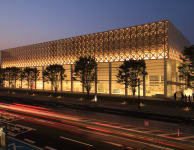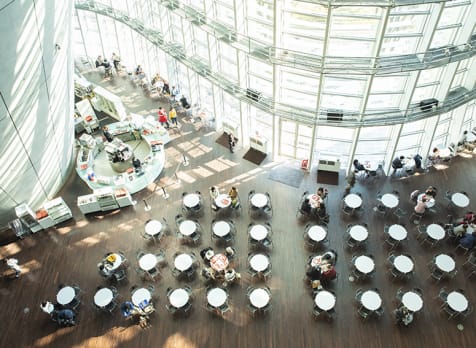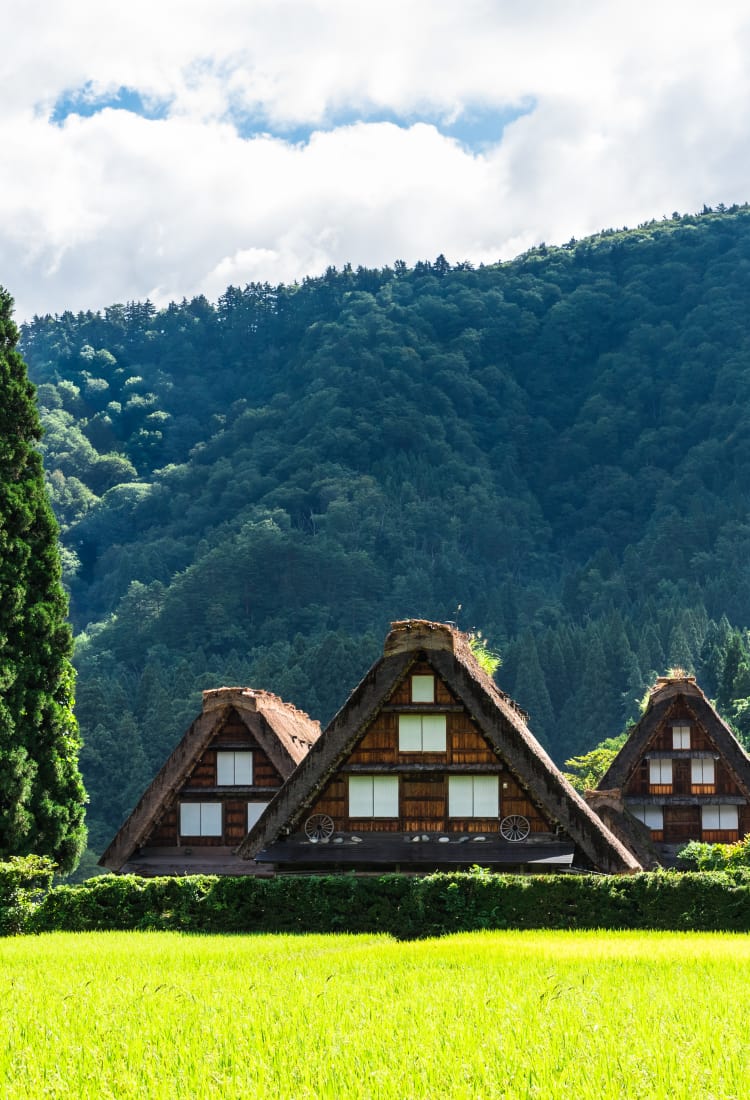

REISEFÜHRER Japanese Architecture Simple and streamlined—Japan is full of architectural inspiration
Japanese architecture has a history as rich and ancient as the country itself
Its traditional structures have aesthetic roots in China while modern Japanese buildings borrow from Western concepts that have been re-interpreted to suit the landscape and needs of Japan. From ancient temples to modern-day structures, Japan is home to stunning architecture. Japan has given the world some of its most treasured architects, with buildings by Tadao Ando and Kengo Kuma found across the globe. Visitors to Japan can see firsthand how Japan has left its mark on the world of modern architecture.

Wood is the defining factor of traditional Japanese architecture
Wood and simple forms
The single most defining characteristic of traditional Japanese architecture is the use of wood. Stone buildings were not an option for earthquake-prone ancient Japan, so wood was the chosen material. To express this reverence, ancient architects developed ways of erecting wooden structures without the use of nails.
Wood is rarely painted in Japan; it is left bare so its grain can be appreciated. The interiors of houses were built with sliding paper doors that could be removed and rearranged to create entirely different layouts within the home. This appreciation of form and nature influences Japanese architecture to this day. The simple representation of forms and honest use of building materials, such as open ceilings and bare concrete walls, are now staples of modern architecture worldwide, but these tenets have been part of Buddhist and Shinto aesthetics in Japan for centuries.

Tradition stays strong in the center of the city at Zojoji Temple
Religion and the architecture of spirituality
The native religion of Japan is Shinto, and Buddhism was introduced in the 6th century. Both of these belief systems have their own aesthetics. Shinto shrines and Buddhist Temples can be found all over Japan and the distinction can be confusing to first-time visitors.
Shinto shrines are identifiable by their subdued nature. They mimic the natural environment with wood and lack coloring or adornment. Buddhist temples are more decorative and often involve a great deal of vermillion paint.

Sweeping and subtle—Kumano Hongu Taisha
An excellent example of Shinto architecture can be found in the heart of Wakayama prefecture in the Kansai region. Kumano Hongu Taisha is one of the final destinations for pilgrims trekking the Kumano Kodo Pilgrimage Routes. It has a sweeping cypress bark roof that blends seamlessly in with its surroundings. Builders used intricate joint work instead of nails to construct the shrine.
For an example of Buddhist architecture, look no further than the temples of Nikko in Tochigi Prefecture. This massive complex of shrines and temples in the hills glows with vermillion, a stark contrast to the trees and forests around them. The buildings are adorned with painted wooden molds of different scenes from Buddhist lore. These two traditions developed side by side over the centuries and still influence modern Japanese architecture.

Dark defence—jet-black Matsumoto Castle
Castles and the architecture of defense
During the late 15th century, Japan entered the Warring States period. The country split into many parts, each ruled by a daimyo, or feudal lord. These daimyo needed castles, which would function as fortresses for military defense. They were placed in strategic locations and housed the feudal lord and their samurai. They also functioned to intimidate neighboring clans with their grandeur.
Architecture changed as modern warfare gave rise to new defense necessities. The arrival of firearms to Japan in 1543 ushered in a period of time where stone walls were very much in vogue. Common features of Japanese castles would be moats, stone walls, shooting holes for arrows, and overly complicated inner layouts meant to confuse invaders.

The home of the emperor
Most castles have been destroyed, but some still stand, and many others have been rebuilt. Himeji Castle in Hyogo Prefecture is a stunning original example of defense architecture. Nijo-jo Castle in Kyoto was home to Japan's first shogun. Matsumoto Castle in Nagano still has its original wooden interior and stone exterior. The Imperial Palace in Tokyo houses the royal family. While the buildings are not open to the public, they do offer tours of the outer grounds.
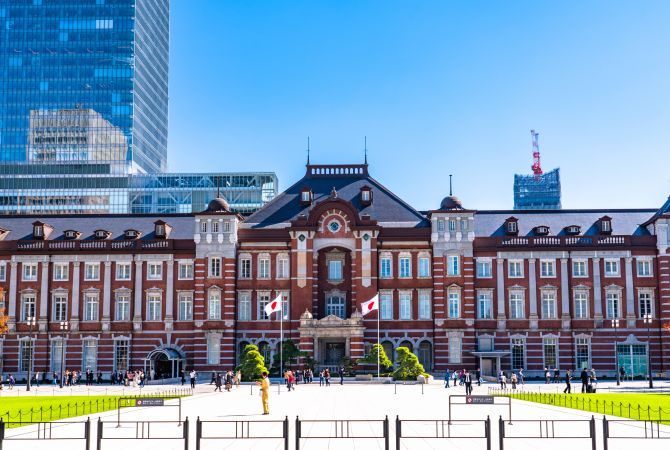
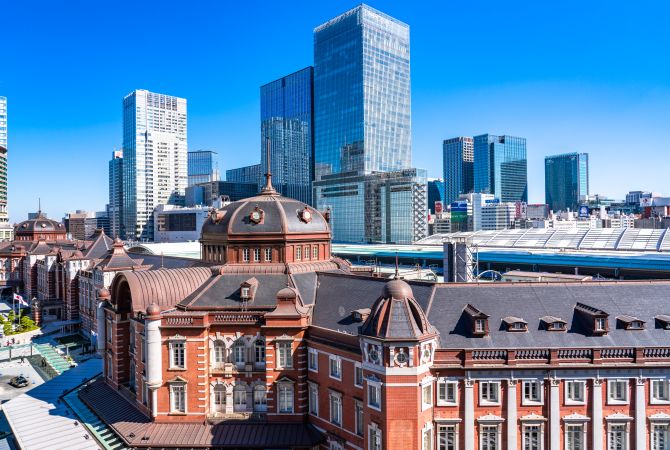
A heavy European influence at Tokyo Station
Modern Japanese architecture
The Meiji Restoration, which saw the Emperor return to a central position in Japanese politics, began in the late 19th century. Western architecture burst onto the scene as architects from the UK and Germany were brought over to assist in the building of large stone and brick structures, particularly in the area around Tokyo Station. As time passed, Western ideas and Japanese aesthetics combined, turning Japan into a world leader of modern architecture.

Tokyo Skytree was designed based on traditional Japanese concepts
Buildings by Japanese architects including Kengo Kuma and Kazuyo Sejima have received international praise for their functionality and remarkable attention to simple, natural forms. The 634-meter-tall Tokyo Skytree takes its shape from the pillars of a pagoda and the gentle curve of a samurai sword.
The 21st Century Museum of Contemporary Art, Kanazawa is a stylish, circular building made of smooth glass and appears as a decorative object set atop a grass field. Architecture fans will want to have their cameras ready as the grounds offer incredible spaces to photograph. Naoshima Island, a tiny island in the Seto Inland Sea is renowned for its modern art museums and high-design buildings. The crowning jewel of the island would be the Benesse House museums, designed by master architect, Tadao Ando. Naoshima has countless museums and several outdoor installations that look out over the inland sea.

Under construction—the Olympics are coming
Japanese architecture, from the contemporary and beyond
Tokyo is hosting the 2020 Summer Olympic games. In 2016, ground broke on the new National Stadium in Shinjuku Ward, designed by world-renowned architect Kengo Kuma.































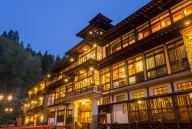








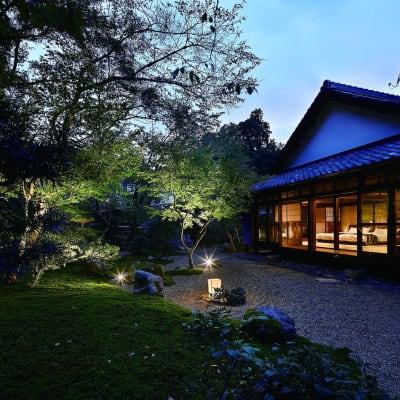
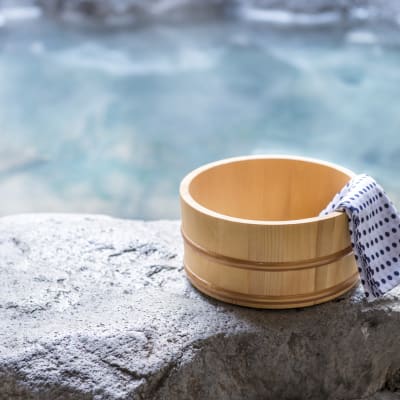




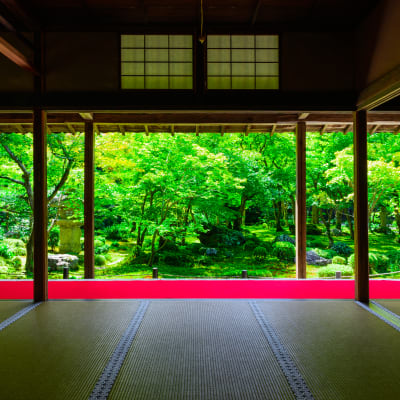

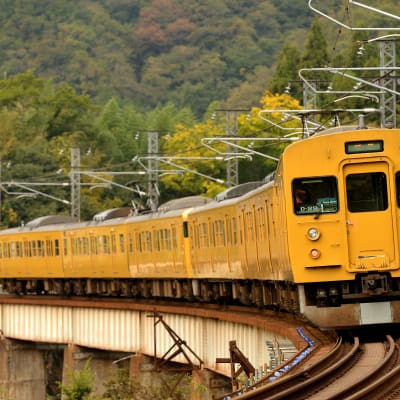



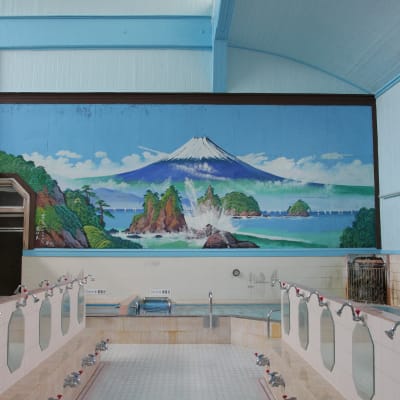






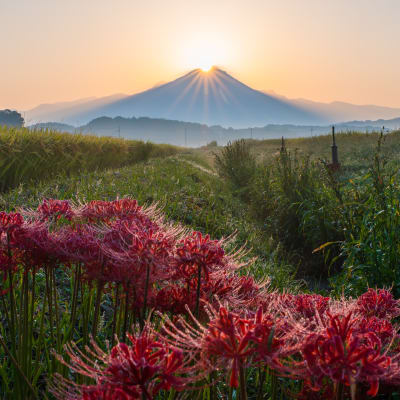

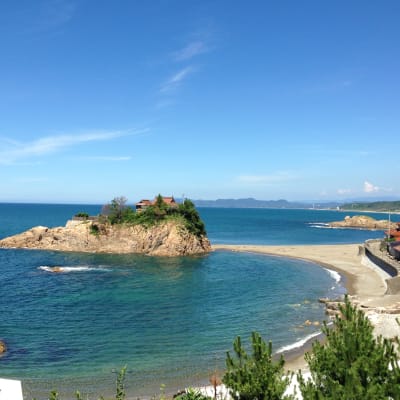


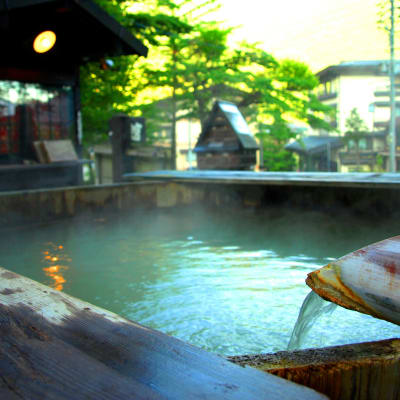
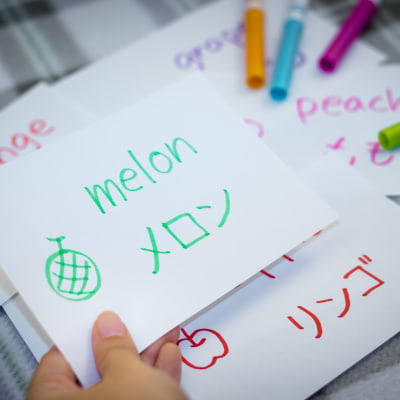

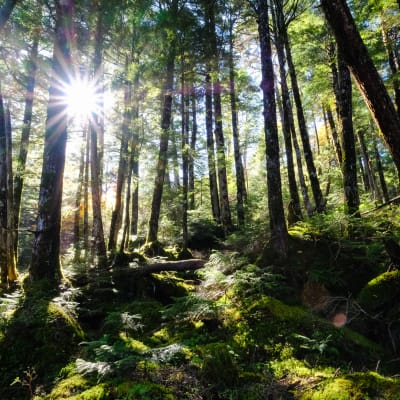

![Kengo Kuma and Japan's New Architecture [PR]](https://res-1.cloudinary.com/jnto/image/upload/w_400,h_400,c_fill,f_auto,fl_lossy,q_auto/v1584347275/story_guide/Sg109_02)
![The Art of Kimono [PR]](https://res-1.cloudinary.com/jnto/image/upload/w_400,h_400,c_fill,f_auto,fl_lossy,q_auto/v1585275405/story_guide/Sg110_main_latest)
